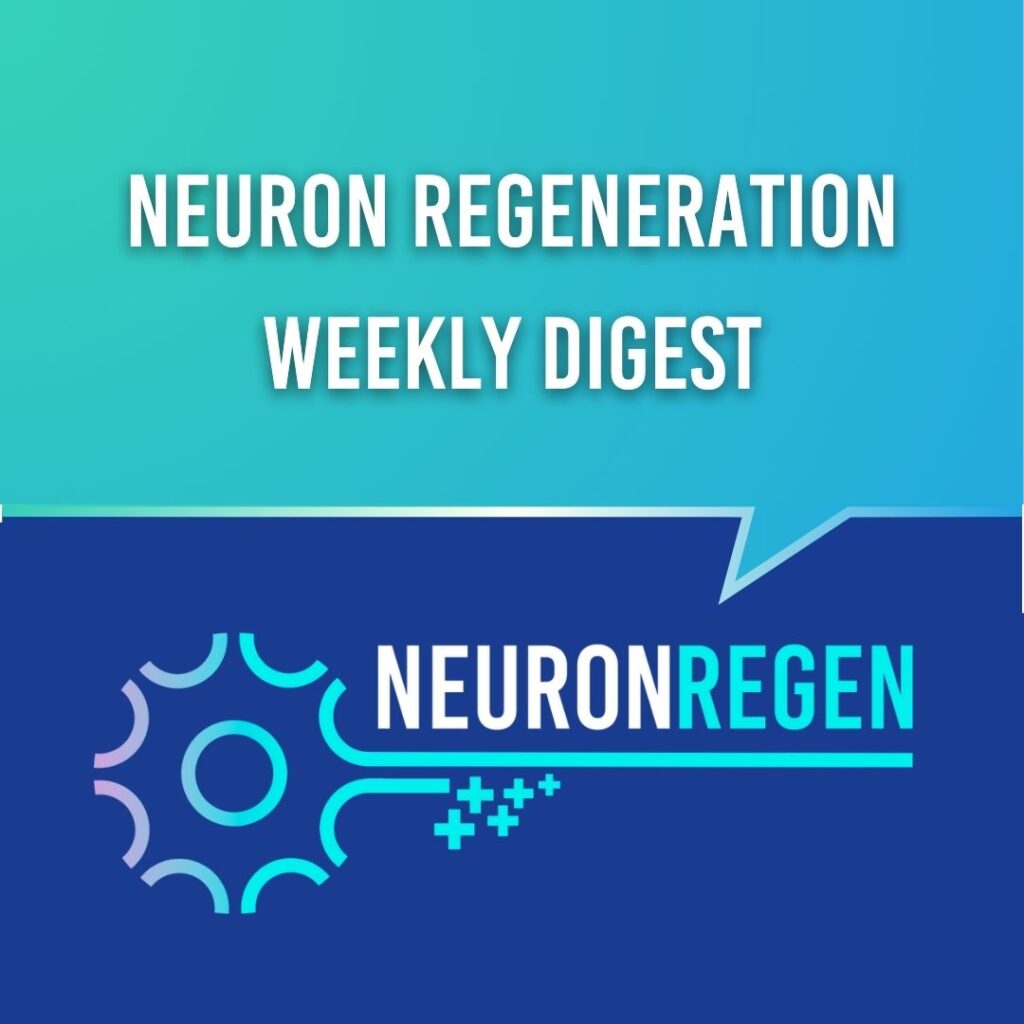As our understanding of the nervous system deepens, so does our ability to identify smarter, more targeted ways to support healing. This week’s roundup brings together three important developments that offer fresh insight into how researchers are addressing some of the most challenging neurodegenerative and neurological conditions—including Parkinson’s disease, spinal cord injury, and Alzheimer’s-related dysfunction.
From uncovering how cellular energy systems falter in Parkinson’s, to exploring how the body’s natural rhythms could optimize brain-targeted nanomedicine, to using light-based therapies to help restore movement after spinal cord injury—each study points to potential strategies that may one day translate into more personalized, effective care. These findings aren’t just promising for researchers—they matter for patients, families, and care teams seeking new hope in the face of complex neurological diseases.

1. Deficient AMPK-SENP1-Sirt3 signaling impairs mitochondrial complex I function in Parkinson’s disease model
New research reveals how disrupted AMPK–SENP1–Sirt3 signaling weakens mitochondrial function in Parkinson’s disease models. This pathway’s breakdown impairs complex I activity, increases oxidative stress, and contributes to neuron loss—pointing to a promising therapeutic target for neuroprotection.
2. Nanomedicine for targeting brain Neurodegeneration: Critical barriers and circadian rhythm Considerations
This review explores how nanomedicine can overcome key barriers in treating neurodegenerative diseases and highlights the underappreciated role of circadian rhythms in optimizing drug delivery and therapeutic effectiveness.
3. Stimulation of corticospinal neurons by optogenetic cAMP inductions promotes motor recovery after spinal cord injury in female rats via raphespinal tract modulation
By shining light to activate cAMP in corticospinal neurons, researchers enhanced neuron function and rerouted motor signals through the serotonergic (raphespinal) pathway. This led to significant and sustained locomotor recovery after spinal cord injury in female rats—demonstrating a promising new neuromodulation strategy for SCI rehabilitation.
If you’d like to stay informed of the latest publications and breakthroughs in neuron regeneration, join our email newsletter to the right (or below on mobile). We send out weekly updates with the latest papers and studies, as well as podcast episodes with the people driving Neuroregenerative breakthroughs.

